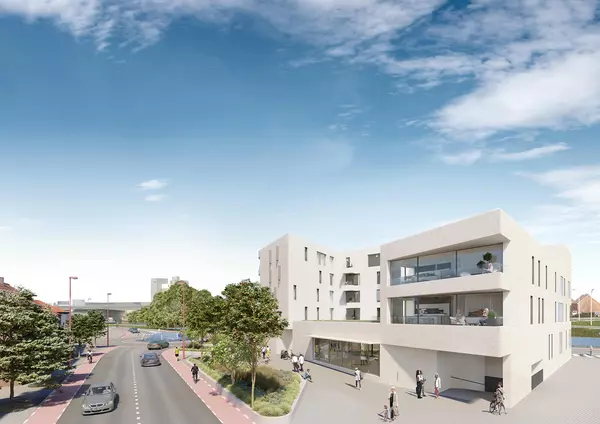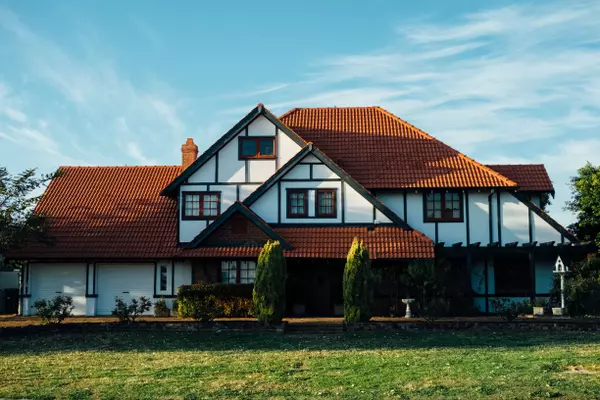New road opening Friday promises direct and quicker access to San Diego airport
For anyone who has ever had to navigate the congestion and stoplights on North Harbor Drive en route to the San Diego airport, relief has arrived.
A new three-lane roadway that will entirely bypass Harbor Drive and deliver motorists directly to Terminals 1 and 2 makes its debut on Friday.
The on-airport road — entirely free of stoplights — not only promises to provide quicker, more direct access to the airport’s two terminals but it’s also estimated to remove 45,000 cars a day from North Harbor Drive, which should also be a bonus for those not heading to the San Diego International Airport.
The opening of the new route marks the latest milestone in the mega Terminal 1 project that is replacing the current 1960s-era building, which is just months away from demolition. A brand new 19-gate terminal will take its place and is expected to open Sept. 23, following almost four years of construction. A second phase of the project that will add 11 more gates will be completed by early 2028.
The new route for getting to the airport will be a big change for motorists long accustomed to traveling along North Harbor Drive to access the two terminals. Toward that end, there will be several new directional signs advising motorists where to turn off to the new roadway, which starts just west of the intersection with West Laurel Street. That’s significantly sooner than the current entry to Terminal 1.

From its entrance at Laurel, the roadway stretches roughly one mile to Terminal 1 departure and arrival drop-off points and parking facilities. For much of the way, the road spans three lanes, but as it approaches Terminal 1, it splits off into three segments. One leg takes you to Terminal 1 arrivals; another becomes an elevated ramp for departures; and a third connects to the Terminal 1 parking plaza, as well as Terminal 2 and its parking garage via existing roads.
It should be noted that the elevated departures road won’t be activated until the opening of the new Terminal 1 on Sept. 23. That’s because the existing terminal has just one road for both arriving and departing flights.

Given the dramatic change in how one accesses the airport, drivers need not fear that all is lost if they miss the entrance to the new roadway at Laurel. There will still be two points at which they can get to the terminals via existing roads — one at Harbor Island Drive across from Harbor Island, near Terminal 1, and also farther down the road at Spanish Landing, near Terminal 2.
As long as airport planners have been working on the new Terminal 1 project, dating back years before the start of construction, the new roadway had been contemplated, but it took some time to land on the right design, given the small footprint of San Diego’s one-runway airport, explained Angela Shafer-Payne, the airport’s vice president and chief development officer who is overseeing the $3.8 billion project. The new roadway represents $620 million of the overall cost.
“We understood that we couldn’t build just a replacement to Terminal 1 and not make improvements on the airfield for both the aircraft and also on the land side for the cars coming to the airport,” she explained. “It would have really been irresponsible, and I think the community would have been quite upset. You can see the (congestion) today, even outside of the holiday periods. The backup for Terminal 2 is oftentimes out onto Harbor Drive.”

One of the more interesting challenges facing workers building the roadway was having to adjust their schedule to accommodate an active nesting site of the endangered California least tern, located right on the airfield.
“When they’re here between mid-April and mid-September, we could not be working on this construction next to their habitat,” Shafer-Payne said. “So we worked around their schedule, but interestingly, the aircraft can taxi right near the middle of their habitat.”
A cool feature of the elevated portion of the new airport roadway, says Shafer-Payne, are the views of the new terminal, including the new white canopies that run along the curbside area of the Terminal 1 departures area and will shield passengers from the weather, not unlike what already exists at Terminal 2.
As much as the new roadway is expected to go a long way toward relieving traffic congestion, those using the airport are reminded that there still will be ongoing construction for the next few years as the airport works on completing the second phase of Terminal 1, which includes the demolition of the old Terminal 1 not long after the new facility opens.
“There is absolute relief come Friday, and then bigger relief in September,” Shafer-Payne said. “But the disruption people experienced with the phase 1 construction will be much less during construction of the expanded building in phase 2. They’ll see the construction going on but there will be much fewer impacts.”
Categories
Recent Posts










GET MORE INFORMATION


